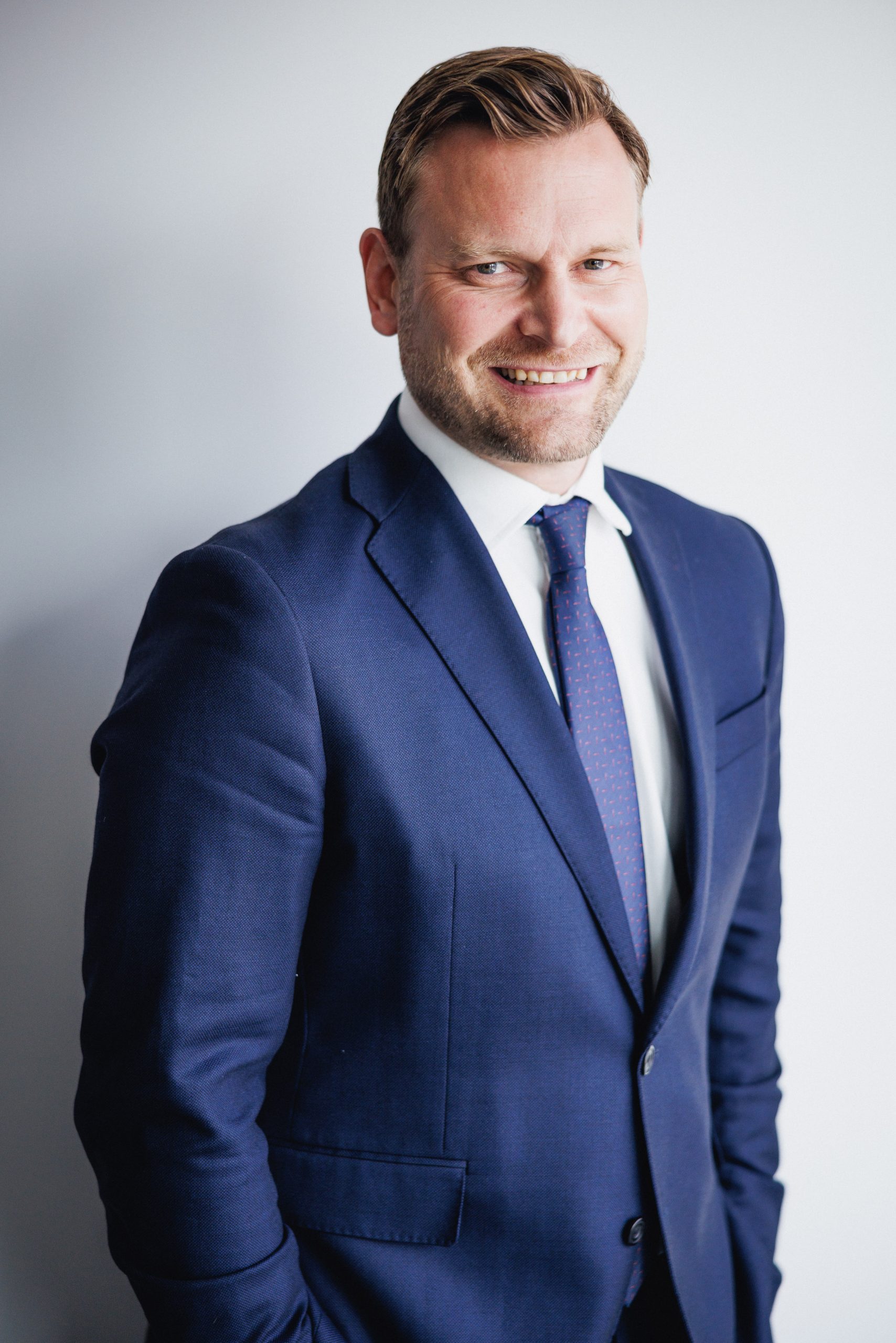What are Hammer, Mallet, Claw and Curly toes?
The deformities listed above can happen to any of the lesser toes and sometimes to the big toe. Some develop with age, others are present in childhood. Each deformity has a different cause and are explained below.
What are the symptoms of these toe deformities?
A normal toe has a relatively straight appearance and there is a balance between the forces applied on the top and bottom of the toe. When there is an imbalance in these forces, deformities can occur. The imbalance can be caused by degenerative changes in the joint, trauma, congenital or neurological conditions.
To help describe the abnormalities it helps to think of the toe as having three joints. The knuckle (MTPJ), the proximal joint (PIPJ) and the distal joint (DIPJ).
A hammertoe is seen with extension of the MTPJ, fixed flexion of the PIPJ and extension of the MTPJ. This results in skin irritation on the PIPJ which, if recurrent, can cause chronic wound problems. In a mallet toe, the main deformity is that of fixed flexion of the DIPJ. This results in the toe constantly being forced into the ground which can cause significant pain and ulceration. A claw toe has extension of the MTPJ and flexion of both the PIPJ and DIPJ. This causes a combination of the symptoms seen in hammer and mallet toe.
Curly toes are most commonly seen in childhood and normally resolve without any intervention required.

How are these toe deformities diagnosed?
A good history and examination by a Foot and Ankle Specialist is important in coming to the correct diagnosis. X-Rays can demonstrate any degenerative changes to the joint but examination is the most important method of diagnosis.
How are these toe deformities treated?
Adapting footwear to accommodate the deformity is the most sensible first step, especially for early changes in toe shape. Splints or strapping can be effective to hold the toes in better positions and prevent skin irritation. If the deformities become very bothersome then surgery may be required. The surgery of choice will depend on the severity and location of the deformity but will often involve rebalancing the tension in the flexor or extensor tendons and may be accompanied by the excision and fusion of the smaller joints in the toes. Patients tolerate such procedures very well and the vast majority will be pleased with the outcome.
If you or someone you know has suffered an injury or is experiencing pain across their lower limbs or difficulty with mobility and would like a consultant-led review, please contact us. Grosvenor Orthopaedics have extensive experience in the treatment of knee-related injuries with excellent patient outcomes.
BOOK NOW
Grosvenor Orthopaedics have extensive experience in the treatment of foot & ankle -related injuries with excellent patient outcomes.
FOOT & ANKLE CONDITIONS
If you would like to learn about other foot & ankle conditions click the button below to find out more
FOOT & ANKLE TREATMENTS
If you would like to learn about other foot & ankle treatments click the button below to find out more
our specialist FOOT & ANKLE consultants
Foot & ankle care at Grosvenor Orthopaedics is lead by Mr Tim Sinnett. A graduate of Cambridge and Imperial College medical schools and leading academic and trauma consultant for Chelsea and Westminster NHS trust. He is further supported by the orthopaedic team here including other consultant surgeons, nurses and care staff.
Our team are well placed to manage and treat a diverse range of foot and ankle concerns utilising cutting edge diagnostic technology and treatment approaches, both surgical and conservative. Below is an overview of some of the conditions we treat but for a more thorough understanding please contact our team here
What some of our patients say
Mrs EL
Thank you for taking great care of me throughout the whole operation process! My recovery has been much faster than anticipated and I am pain free after such a long time!


